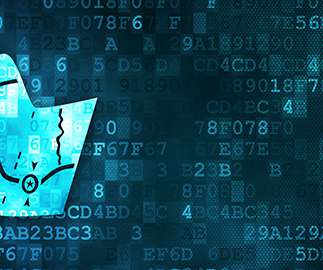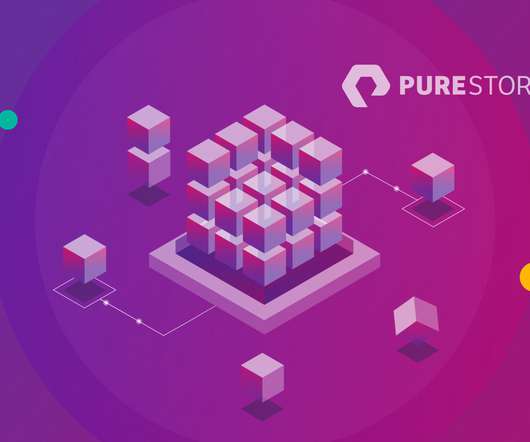Security Industry Association Applauds Passage of Chips Bill
Security Industry Association
AUGUST 2, 2022
Manufacturing. semiconductor manufacturing, including $39 billion in incentives for building and modernizing U.S. Expansion of the Manufacturing Extension Partnership Program (MEP). 1874) Advanced materials science, including composites 2D materials, other next-generation materials and related manufacturing technologies.





















Let's personalize your content